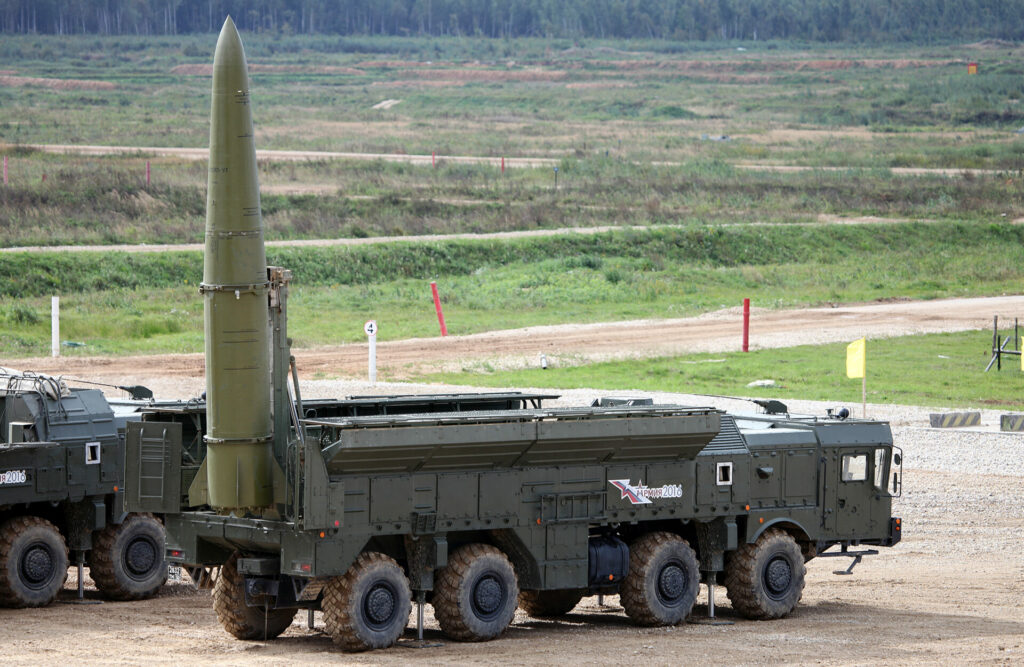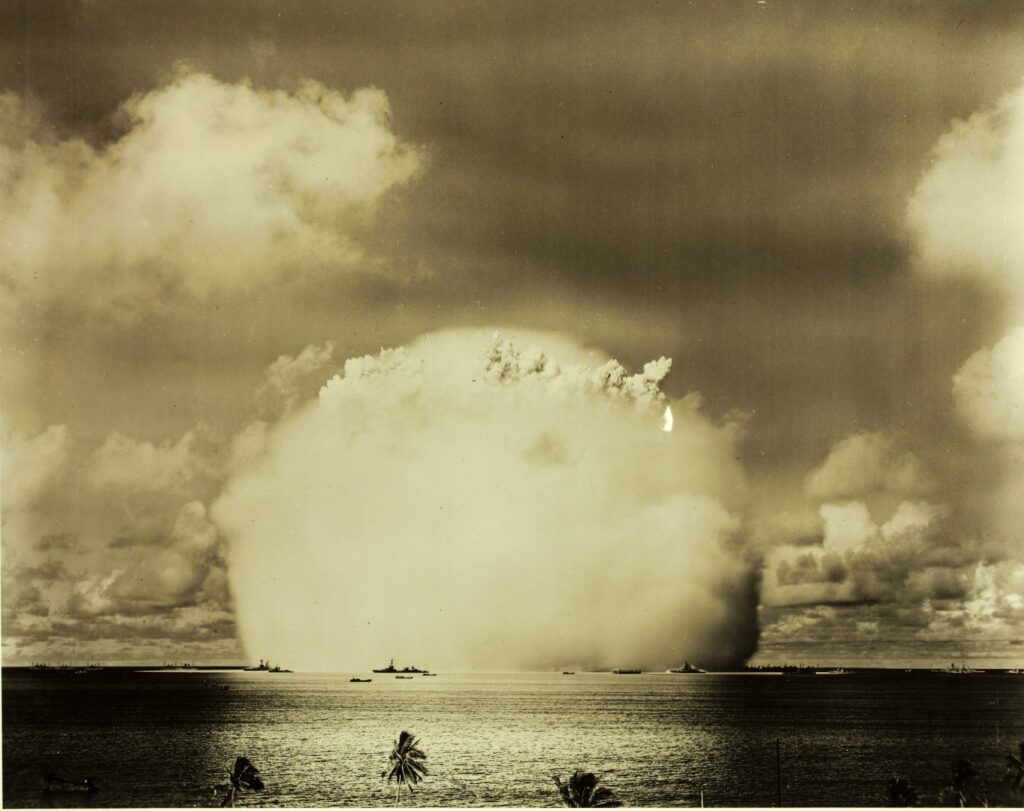In 1962, Cuban leader Fidel Castro and USSR leader Nikita Khrushchev decided that it would be in the security interests of both countries to station nuclear missiles in Cuba. Their decision precipitated a nail-biting standoff between the US and the Soviet Union – the so-called "Cuban Missile Crisis"– which led the world right to the very brink of nuclear war.
Just last month, the Bulletin of the Atomic Scientists moved its infamous Doomsday Clock forward by ten seconds, putting it at 90 seconds to midnight. They warned that humanity is now "the closest to global catastrophe it has ever been". But with the war in Ukraine ongoing and the climate catastrophe unfolding, is humanity closer today to existential crisis than ever?
In a recent interview with The Brussels Times, the Bulletin’s CEO and President Dr Rachel Bronson acknowledged the difficulty in comparing degrees of danger. Yet she highlighted parallels between 1962 and the present moment.
"The Doomsday Clock" - made in 1947 by members of the Bulletin of the Atomic Scientists - represents the likelihood of a human-made global catastrophe. The clock's original setting in 1947 was 7 minutes to midnight. The nearest to midnight is 90 seconds, set on Jan 24, 2023. pic.twitter.com/PqjeC5ICz5
— Ewan Morrison (@MrEwanMorrison) February 5, 2023
"It is absolutely true that [the Cuban Missile Crisis] was an enormously alarming time," Bronson said. "Our editor was actually on a plane writing the introduction to the next edition of the Bulletin, saying: 'I don't know if this is ever going to be published, and I don't know if there's going to be anything for this plane to land on.' The fear was real and palpable."
She added: "Things are alarming today... when we see what's happening in Ukraine and the threats of nuclear weapons, it seems like we're back to a place where we were during the Cold War. When you see how countries are investing in upgrading their nuclear arsenals, and at the same time how arms control architecture is being torn up, it is truly alarming."
Lessons for today
Although there is today a comparable fear of nuclear catastrophe, Bronson points out that the Cuban Missile Crisis holds many lessons for policymakers and ordinary citizens today.
"If you look at the setting of the Doomsday Clock from 1962 to 1963, we actually moved it away from midnight, from 7 minutes to 12 minutes," Bronson noted. "How is that possible? What happened was by the time that the Bulletin convened to figure out what to do with the Clock, everyone had been so terrorised that you get the beginning of true arms control negotiations."

A ballistic Iskander M missile, alleged to have been used in Russia's attack on Ukraine, an allegation the Russian Government denies. Credit: Wikimedia Commons.
"The Russians and the Americans were sitting down and trying to figure out: 'How do we set up better communications? How do we implement confidence-building measures? How do we construct better institutions?' Their reasoning was: 'We cannot return to a situation like that.'"
Over the past couple of decades, numerous nuclear arms treaties between the US and Russia have been scrapped. The last remaining US-Russia nuclear arms treaty, New START, is set to expire in three years. Moreover, diplomatic engagement between Washington and Moscow has now fallen to its lowest level since (at least) the end of the Cold War.
Related News
- 'A time of unprecedented danger': Doomsday Clock moved 10 seconds closer to midnight
- 'Humanity is dedicated to its own destruction' – Noam Chomsky
It is for these reasons that the Bulletin's most recent report calls on the US, NATO, Russia, and Ukraine to "find a path to serious peace negotiations [which] could go a long way toward reducing the risk of escalation". It warns that a failure to renew New START "would eliminate mutual inspections, deepen mistrust, spur a nuclear arms race, and heighten the possibility of nuclear exchange".
As Bronson pointed out, such measures would constitute just the first steps back from the brink of nuclear catastrophe. Yet any de-escalation, however small, would be hugely welcome. If 1962 is any guide, they are eminently achievable.

